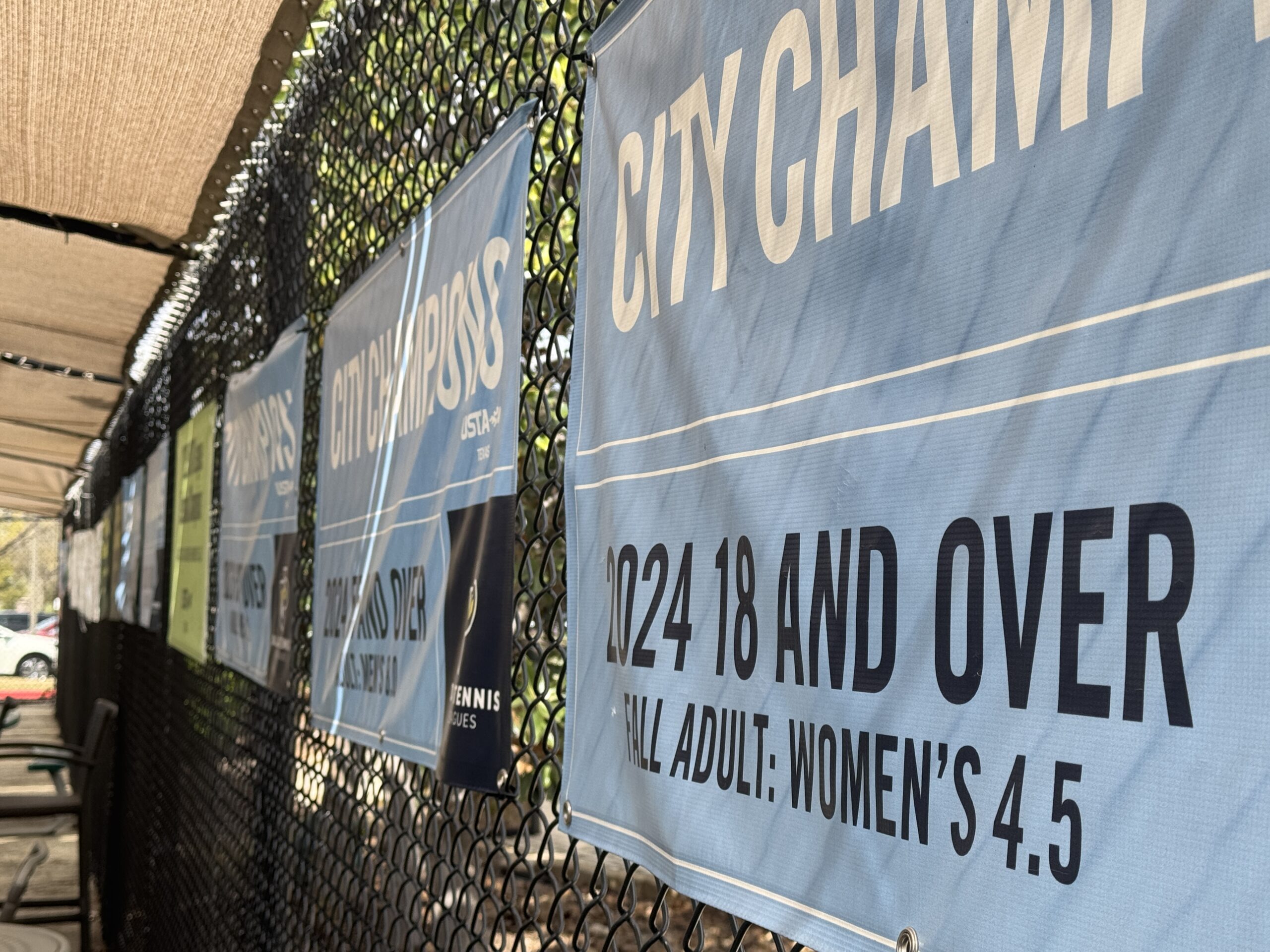The Rules of Tennis
In her women’s finals at the Australian Open against eventual champion Ash Barty, Danielle Collins snapped of a forehand with so much force that her “lucky” bracelet flew off her wrist. Quite frankly I am always astonished at players who can play with anything loose on their wrist. The fact that she broke the metal clasp during a tennis stroke is also fairly impressive.
While the loss of the bracelet was immaterial to the point, there could have been some rule implications had Barty been distracted. The relevant rule for USTA play is in “Part 2—The Code” which comes immediately after the ITF Rules of Tennis in the 2022 Friend at Court. It is item #36 in that section.
Let due to unintentional hindrance and loss of point due to deliberate hindrance. A player who is hindered by an opponent’s unintentional act or by something else outside the player’s control is entitled to a let only if the player could have made the shot had the player not been hindered.
Excerpt from #36 in “The Code”
It is explicit in “The Code” that a player’s racquet coming out of their hand or a shoe coming off is not a basis for either player claiming a let. That might lead a person to also believe that clothing or jewelry would be treated similarly. However, a hat flying off is explicitly included as an example of a hindrance.
A let is never authorized for a hindrance caused by something within a player’s control, such as when a player’s racket comes out of a hand, when a player’s shoe comes off, or when a player trips over the player’s own hat. However, if a player’s hat falls off during a point, an opponent may immediately call a let due to unintentional hindrance.
Excerpt from #36 in “The Code”
In other words, Collins had no basis for a claim, but Barty could have invoked unintentional hindrance resulting in a let. I consider the bracelet to be conceptually similar to a hat from a rules perspective.
In related news, Collins was playing the Australian Open without a clothing or shoe sponsor this year. With her amazing run to the finals, I am guessing that is about to change. If jewelry companies are paying attention there might be a sponsorship opportunity for a tennis bracelet with a sturdier clasp.
If you missed the point, this ESPN Australia video captures a slow motion replay of the bracelet flying off.



